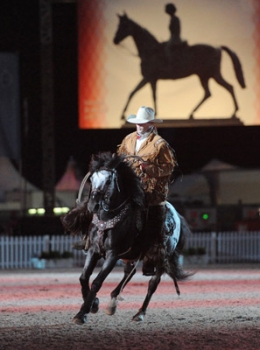A wide variety of forages are available to horse owners nowadays, from hay, hay replacement chops, straw, haylage and dehydrated grass and alfalfa. The most economical forages to feed are still the baled ‘long’ forages, and many types of wrappedversions are now available. Early haylages were more like silage and were too rich in energy, protein and too low in pH for most horses. Over the years, however, wrapped forage manufacturers have adjusted their products to suit all horses and haylage is now as versatile a feed as hay. Devon Haylage is baled at a high dry matter content and is also cut when the grass is high in fibre so it is particularly suitable for horses.
The main benefit of haylage over hay is that it is baled and wrapped damp, so it does not contain the dust and mould spores that UK made hay will inevitably contain. In fact vets recommend that all UK hay is soaked (for 10 minutes) to dampen dust and swell mould spores before being fed to horses. Horses are very susceptible to respiratory challenges and should not be exposed to hay dust and mould spores, especially whilst stabled.
Well-made haylage is often lower in sugar and fructan (water soluble carbohydrates) compared to well-made hay due to the natural fermentation process that takes place after wrapping. Microbes naturally present in grass break down the water soluble carbohydrates, converting them into volatile fatty acids (VFA). It’s the VFA that give haylage its characteristic sweet aroma and good palatability. High fibre, relatively low energy well-made haylage like Devon Haylage’s Timothy product can be safely fed to horses and ponies prone to laminitis or who have cushings syndrome or metabolic syndrome. Ensure you feed an appropriate amount to maintain a healthy bodyweight, do not add compound feed unless the horse or pony is losing weight on ad lib haylage, and balance with multi-vitamins and minerals. Clare Macleod Msc RNtr.

